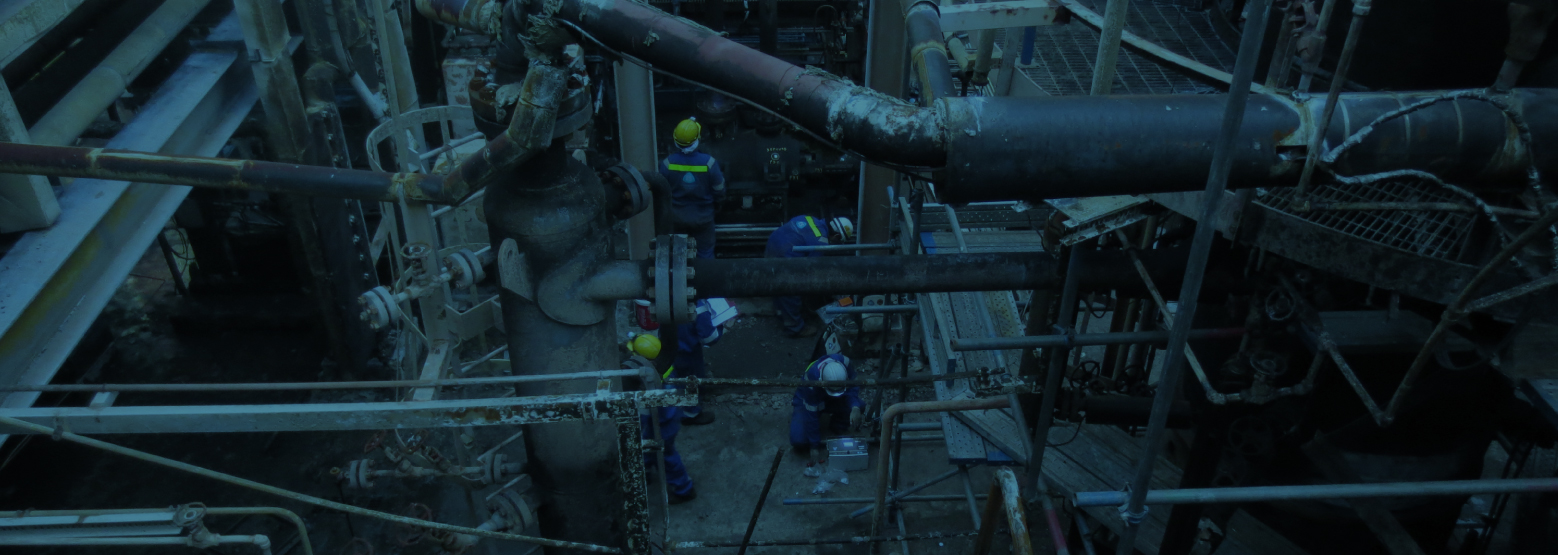PAUT or Phased Array Ultrasonic Testing. It is an advanced non-destructive testing technique using principle of ultrasonic waves to inspect materials and structures both parent material and its weldment. With phased array technology which allows significantly enhanced imaging and defect detection capabilities.
In traditional ultrasonic testing, a single transducer emits an ultrasonic wave into the inspected material, and the reflected wave is received by the same transducer. Both time-of-flight and amplitude of the reflected wave are used to determine the type and severity of defects or assess material properties. However, this method is not just time-consuming and limited in terms of coverage and resolution but also really relies on each own individual proficiency and experienced of the inspector regarding intepretation and justification.
PAUT instead of single element operation, it employs multiple ultrasonic elements arranged in a phased array probe.
Each element can be individually controlled, allowing for the manipulation of the ultrasonic beam's direction, focus, and steering. By altering the timing and amplitude of the signals sent to each element, the beam can be electronically scanned and focused, providing greater flexibility, precision, resolution and also ease of scanning operation required for various degree for single element probes.
-
Faster Inspection: PAUT allows for rapid scanning of large areas due to the ability to electronically steer and focus the ultrasonic beam. Moreover, by using much more robust dedicated probe accessories such as chain scanner will drastically increase its productivity by miles.
-
Defect Sizing and Imaging: The phased array technique provides additional detailed imaging (C-Scan, S-Scan) of internal structures and defects, allowing for accurate defect sizing, characterization, and location determination.
-
Versatility: PAUT can be used for various materials, including metals, composites, and plastics. It is applicable to weld inspections, corrosion mapping, and flaw detection in various industrial applications. Also with the ability to electronically control the beam for each element, this allows inspection for a smaller surface space.
-
Data Recording and Analysis: PAUT systems can record and store inspection data, enabling later analysis, reporting, and comparison with previous inspection result.
-
Improved Probability of Detection: The ability to manipulate the ultrasonic beam improves the chances of detecting small or complex defects that may be missed by traditional ultrasonic testing.
PAUT is commonly used in industries such as oil and gas, aerospace, power generation, manufacturing, and infrastructure. It offers increased efficiency, accuracy, and reliability in inspecting critical components, contributing to improved safety and quality control in various applications.
Another key benefit is due to its detection capability using the principle of ultrasonic, PAUT can be considered to be done instead of RT in almost all applications with the additonal benefits such as no obstruction with near by activity due to its non-harzadous nature and also provide real time result on-site which drastically help to improve in overall productivity of both inspection speed and welding activities.
Phased Array Ultrasonic Testing (PAUT) can be implement in various industries. Some of the main applications of PAUT include:
- Weld Inspection: PAUT is extensively used for weld inspection in industries such as oil and gas, petrochemicals, power generation, and manufacturing. It can assess the integrity of welds and HAZ, detect weld defects like cracks, lack of fusion, incomplete penetration and porosity.
- Corrosion Mapping: PAUT is very effective in mapping by providing C-Scan imaging which benefit for assessing the extent of corrosion in metallic structures, such as pipes, vessels, tanks and steel structure both externally and internally. It helps identify areas of corrosion, measure wall thickness variations, and determine the remaining structural integrity. All of this data can be acquired by external access hence this application can be done for in-service or online inspection.
- Flaw Detection and Sizing: Using S-scan, PAUT is highly capable of detecting and sizing various types of flaws, including cracks, laminations, inclusions, and discontinuities in materials. It provides accurate sizing and characterization of defects, aiding in the assessment of component integrity. For the example sizing of crack found in roller for steel manufacturing industry.


